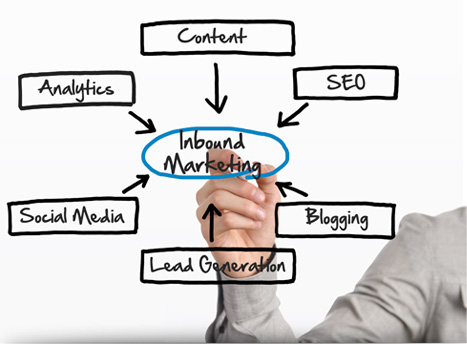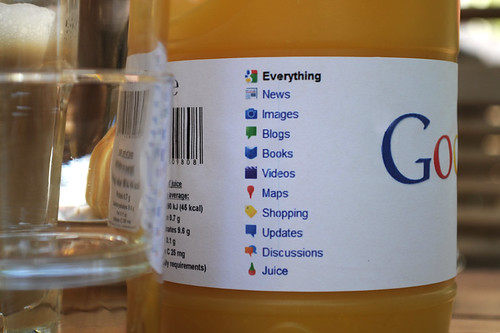
Marketing is constantly evolving, but it’s possible to stay ahead of the game. We all know about social media, search engine optimization (SEO) and the importance of quality content. However, an inbound marketing strategy is made up of much more complex pieces that need to be aligned to work. Some people expect a focus on inbound marketing to be the next big thing.
As an SEO writer and creator of marketing materials, I know how tough it can be to evolve with the times. SEOMoz recently revealed the top items to consider when revamping your inbound marketing efforts. Breaking it down into sections makes it easier.
Remember Your Anatomy
Similar to a spine, inbound marketing also has five key pieces including owned and earned media, lead nurturing, sales interaction, landing pages and retention. I’ve been in charge of focusing on each of these concepts, and it’s no easy task. However, if inbound marketing is incorporated into your business plan, you’re halfway there.
It doesn’t matter if you sell a popular part washer or gardening tools. Your web presence creates your reputation. Let’s break these anatomy chunks into digestible portions. Your landing page(s), or pages that links lead to, should have original quality content. Don’t angle to fish for information here because you’ll lose customers.
Two Parts of the Puzzle
A great example of owned and earned media is blog posts. This content is 100% original, informative and engaging to your readers. Make sure you post regularly and only write about things that truly interest your readers. The purpose is to engage and build a loyal following so that your fanbase or customer base expands at a good rate.
Lead nurturing means customizing information and doing it at the right time. It’s great if you have a database of email addresses, but you’ll be automatically deleted if you don’t deliver quality content. If you send a long email during busy work hours, your customers don’t have time to read it. Timing and quality is everything.
Don’t Skimp on These Sections
Sales interaction isn’t just between salespeople and customers. The marketing department needs to have a transparent, solid relationship with the sales team. The marketing department is in charge of creating materials to draw in customers so the sales team can do their job. If there’s a chasm, everyone suffers.
Don’t think that just because a sale is done that the job is over. The retention phase is often the most difficult. I know it can be tiresome to continue to create great content even when you’re very successful. However, customers aren’t as loyal as you think, and they’ll quickly move on if you don’t keep up with them.



































